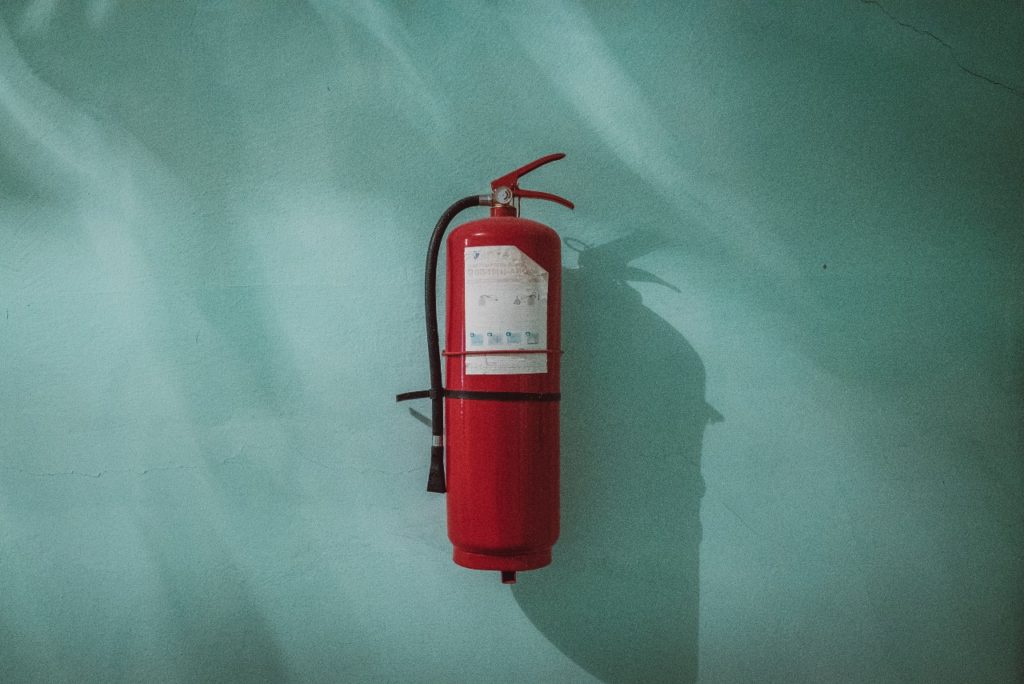Fire can be destructive for businesses spreading to an entire building within a couple of seconds. Thus, companies should invest in commercial fire protection to prevent data and document loss and damage to buildings and critical equipment. There are a few commercial fire protection services that every business owner needs to distinguish. This article will walk you through the commercial fire protection systems and their main functionalities.
What is a commercial fire protection plan?
The overall fire safety of a particular building consists of a few essential components. A commercial building fire protection plan should incorporate the following measures according to the specific needs – fire sprinkler systems, fire suppression systems (including suppression systems for a kitchen hood), smoke detectors, automatic fire alarm systems, emergency action plan, and some others. Combining all these aspects is vital to protect businesses from the risk of fire hazards. Companies need to consult a local fire department or a fire protection company to reveal and evaluate their requirements for fire protection.
Types of commercial fire protection
Essentially, there are two main types of fire protection systems – active and passive. Active fire protection commercial measures include fire sprinkler systems, fire extinguishers, and fire alarm systems. Thus, three main categories are fire detection, suppression, ventilation, and evacuation.
All these components must be activated in the case of fire to extinguish it, even though some of them need to be activated manually. The principal elements of active fire protection strategy remain smoke and fire detectors that warn building occupants about the fire. Businesses might consider conducting fire training for staff to know how active fire protection measures work at all.
On the other hand, there are passive fire protection measures. These systems allow building occupants to save more time to evacuate from a room at the expense of their properties to slow down the fire spreading.
They are also essential to protect escape routes in a building and ensure sustainability for a commercial facility. A passive commercial fire protection system involves firewalls, fire doors, fire dampers, and firestop technologies. Another passive fire protection approach is dividing a building into specific spaces to restrict the smoke and fire passing, also known as compartmentation.
Both active and passive fire protection systems need to be implemented into commercial buildings. Passive systems are usually installed at the stage of construction of a building by adding fire-resistant materials into walls and floors. This concerns fire doors and emergency exits, as well.
When it comes to active fire protection systems, they require regular maintenance to protect the building from fire in the case of an emergency. Fire extinguishers are vital to distinguish the fire manually. Water sprinkler systems work to put out fires while fire alarm and fire detection measures help to warn everyone in the building about a hazard.
